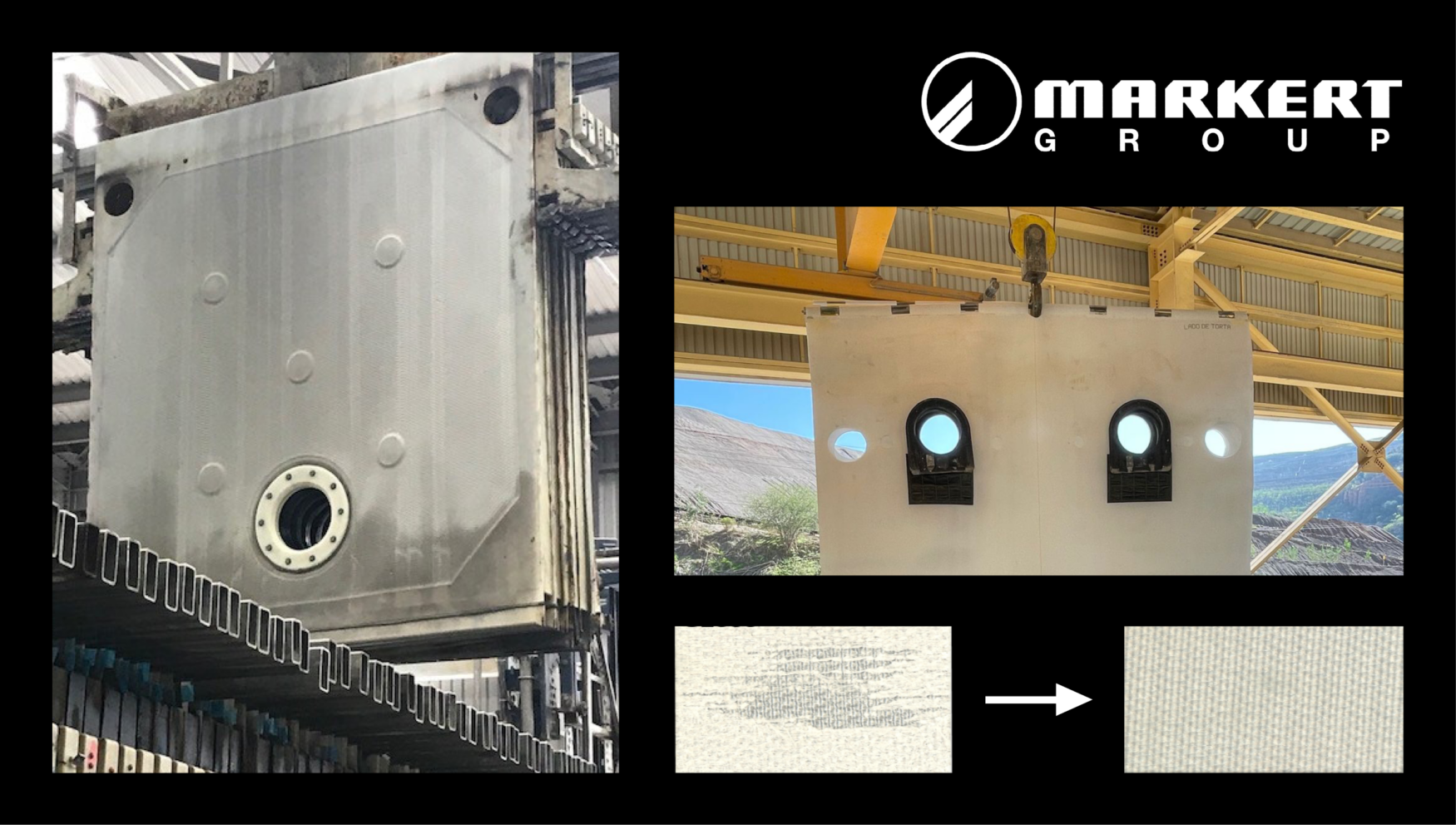How Often Should You Replace Your Filter Press Cloth?
The efficiency of your filtration system heavily depends on the condition of your filter press cloth. A worn-out or damaged cloth can compromise filtrate clarity and cake solids, ultimately reducing your system’s overall performance. While filter press cloths are designed to be durable, they don’t last forever. Factors like mechanical abrasion or exposure to harsh chemicals can degrade their effectiveness over time, making replacements inevitable.
However, knowing when to replace your filter press cloth isn’t always straightforward. The lifespan of a cloth depends on how frequently it’s used, the materials filtered, and how well it’s maintained. Instead of arbitrary replacements, watch for these four unmistakable signs that your filter press cloth needs to be changed.
1. Filtration Times Are Significantly Increasing
Are your filtration cycles taking longer than they used to? This is a key sign that your filter press cloth’s performance is declining. Over time, the cloth’s weave can become clogged with solids, a process known as “blinding.” Blinding reduces the cloth’s ability to filter properly, resulting in extended filtration times and fewer completed cycles per day.
A clogged cloth not only slows down your operation but may also impact your bottom line due to lost productivity. Regularly monitor the duration of your filtration cycles to spot performance drops early. If cycle times are noticeably increasing, it’s time to replace your cloth.
When it comes to older filter presses without a cloth washing device, it is essential to provide a cloth with excellent cleanability properties. A blinded cloth will adhere to a sticky cake and will increase the manual time of the operator to discharge the cake with a scraper.
2. Holes or Tears in the Cloth
The consistent abrasion from machinery and materials can naturally wear down your filter cloth over time. This is especially true in industries like mining or stone cutting, where abrasive materials heavily impact equipment.
Damage such as holes or tears significantly compromises the cloth’s ability to filter effectively, allowing particles to leak through and impacting the clarity of the filtrate. If you detect any physical damage during inspections, replace the cloth immediately to maintain operational efficiency and product quality.
Regular inspections after each filtration cycle, particularly in abrasive environments, can help you identify damage early. Even in less abrasive industries, periodic checks during routine cleaning will go a long way in preventing undetected cloth deterioration.
3. Reduced Filtrate Clarity
Maintaining clear filtrate is crucial for industries like water treatment, chemical processing, and food and beverage production. When your filter cloth begins to degrade, you’ll notice an increase in turbidity, or cloudiness, in the filtrate.
Cloudy filtrate is often tied to other issues, like tears in the cloth or blinding of the weave. Both reduce filtration efficiency and allow unwanted particles to pass through. If your filtrate clarity is declining, it’s a clear indicator that your filter press cloth needs replacement to maintain consistently high-quality results.
For best clarity results, it is important to consult with experts about a cloth customized for your application. Through evaluation of your application’s environmental factors and equipment specifications, a custom cloth will be engineered with characteristics that offer the perfect balance between the cloth’s clogging and tearing point, cloth throughput, cake moisture, and the prohibited solid content in filtrate.
4. Higher Moisture Content in Filter Cake Solids
An effective filtration process produces dry, well-separated filter cake solids. If you start noticing that your solids are becoming wetter or “sloppy,” it may be due to reduced cloth effectiveness. A clogged cloth weave hampers proper liquid extraction, resulting in more moisture being retained in the solids.
Regular cleaning of your filter cloth may help reduce blinding, but if you’re consistently getting low-quality, wet solids, replacing the cloth is likely necessary. Higher moisture levels not only affect product quality but can also waste valuable resources.
How to Extend the Life of Your Filter Cloth
While replacing filter press cloth is a necessary part of maintaining your filtration system, frequent replacements can lead to downtime and reduced productivity. To maximize the lifespan of your cloth and minimize the need for replacements:
- Choose High-Quality Cloths: Invest in fabrics designed for durability and resistance to specific conditions, such as chemical exposure or abrasion. Choose the right plastics which correspond to your process!
- Regular Maintenance: Clean your cloth immediately after filtration cycles to reduce clogging and prevent blinding.
- Inspection: Conduct routine inspections for holes, tears, or other signs of wear to catch issues before they escalate.
- Customized Solutions: Opt for cloths tailored to your unique filtration needs. A well-matched cloth will perform better and last longer than a one-size-fits-all option.
Why Choose Markert Filter Press Cloths?
At Markert, we design and customize every filter press cloth to suit your specific application. Using the best materials, weaves, and designs we ensure optimal performance and longevity. Our cloths are engineered for durability, clarity, and efficiency while minimizing downtime during replacements.
With Markert, you get more than just filter cloths—you get an optimized and sustainable solution tailored to your industry and process. Contact us today to discuss your needs and discover how we can improve your filtration process with superior products and personalized service.


Comments are closed